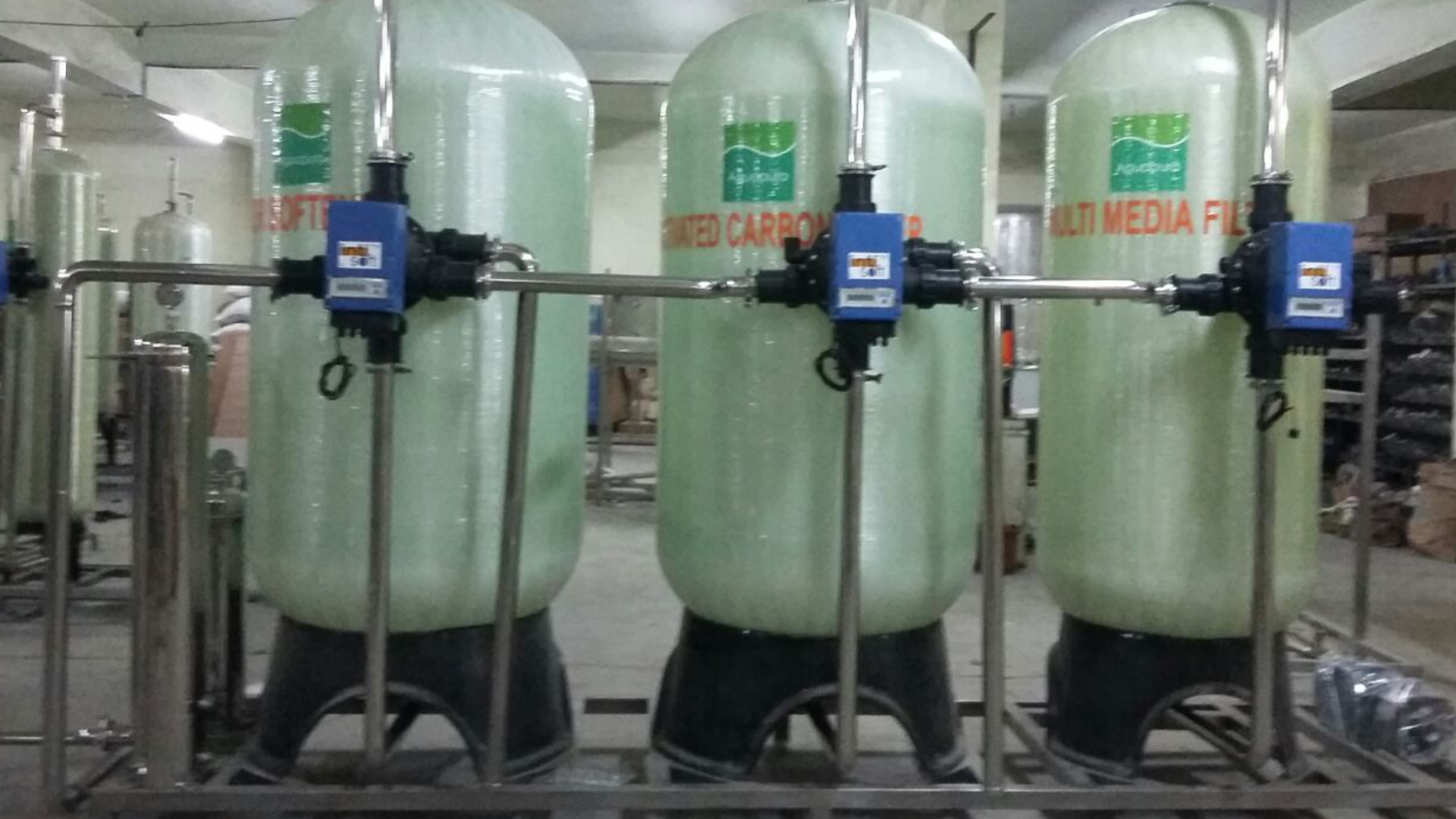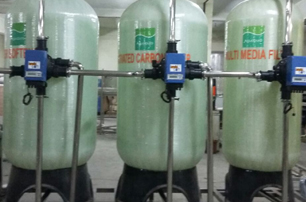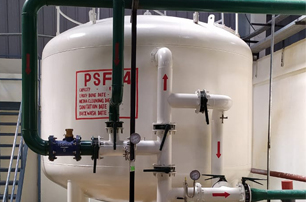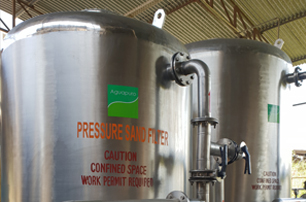ACTIVATED CARBON FILTER
Activated Carbon filters are generally employed in the process of removing organic compounds and/or extracting free chlorine from water, thereby making the water suitable for use in process use. Activated carbon can exhibit varying performance characteristics depending upon the type of Carbon whether bituminous or anthracite coal, bone char, coconut shell) and the way it is manufactured. The methods used to create the various AC materials are highly proprietary and lead to distinct differences across the range of media available to the industry. Aguapuro offers high-tech filtration methods for the identified contaminates and as per the level of purity required.
Coconut shells and coal (anthracite or bituminous) are both organic sources of activated carbon. Carbon forms when an organic source is burned in an environment without oxygen.  This process leaves only about 30% of the organic mass intact, driving off heavy organic molecules. Prior to being used for water treatment, the organic mass must then be “activated.” The process of activation opens up the carbon’s massive number of pores and further drives off unwanted molecules. The open pores are what allow the carbon to capture contaminants, known as “adsorption sites”.
This process leaves only about 30% of the organic mass intact, driving off heavy organic molecules. Prior to being used for water treatment, the organic mass must then be “activated.” The process of activation opens up the carbon’s massive number of pores and further drives off unwanted molecules. The open pores are what allow the carbon to capture contaminants, known as “adsorption sites”.
The rate of adsorption for a surface area of a just one kgs of AC is equal to 50-100 acres!
As water passes through an activated carbon filter, organic particles and chemicals are trapped inside through a process known “adsorption”. The adsorption process depends upon 5 key factors:
- Physical Properties:Pore size and distribution have the greatest impact on the effectiveness of AC filtration. The best filtration occurs when carbon pores are barely large enough to allow for the adsorption of contaminants (Figure 1). The type of contaminants an AC filter attracts will depend on the pore size of the filter, which varies based on the type of carbon used and the activation method. AC filters tend to work best for removing organic chemicals with larger molecules.
- Chemical Properties:The surface of an activated carbon filter may also interact chemically with organic molecules. Electrical forces between the AC surface and the chemical nature of some contaminants may result in ion exchange or adsorption. The activation process determines, to a large extent, the chemical properties of the AC filter, making the filter attractive to various contaminants. Different activation processes will yield activated carbon with different chemical properties. For example, AC that has the least amount of oxygen in pore surfaces will absorb chloroform the best.
- Contaminant Properties:Activated Carbon is best for use in filtering out large organic molecules. AC and organic molecules are similar materials, which means they will tend to associate with each other. This means organic chemicals will have a stronger tendency to associate with the AC filter rather than remaining dissolved in water. The less soluble organic molecules are, the more likely they are to be adsorbed. Smaller organic molecules fit the smallest pores and are held the tightest.
- Concentration:The adsorption process can be affected by the concentration of organic contaminants. For example, with chloroform removal one AC filter may be more effective than another at filtering high concentrations of contaminants, and less effective at filtering low concentration of contaminants. Consult with the manufacturer to determine how an activated carbon filter will perform at different concentration levels for a specific chemical.
- Water Temperature and pH:The rate of adsorption will usually be higher at lower temperatures and pH levels. Chemical reactions and chemical forms are closely related to water temperature and pH. In most cases, organic chemicals are more adsorbable as temperatures and pH levels decrease.
- Length of Exposure:The length of time in which the contaminant is in contact with the AC filter also influences the adsorption process – the longer the length of contact, the greater the number of contaminants that will be removed. A greater amount of active carbon and a slower flow rate will improve the effectiveness of the filtration process. Bed depth and flow rate are critical design parameters. Carbon filtration is often engineered to provide a specified residence time of water in contact with the carbon bed, referred to as empty bed contact time or EBCT.




